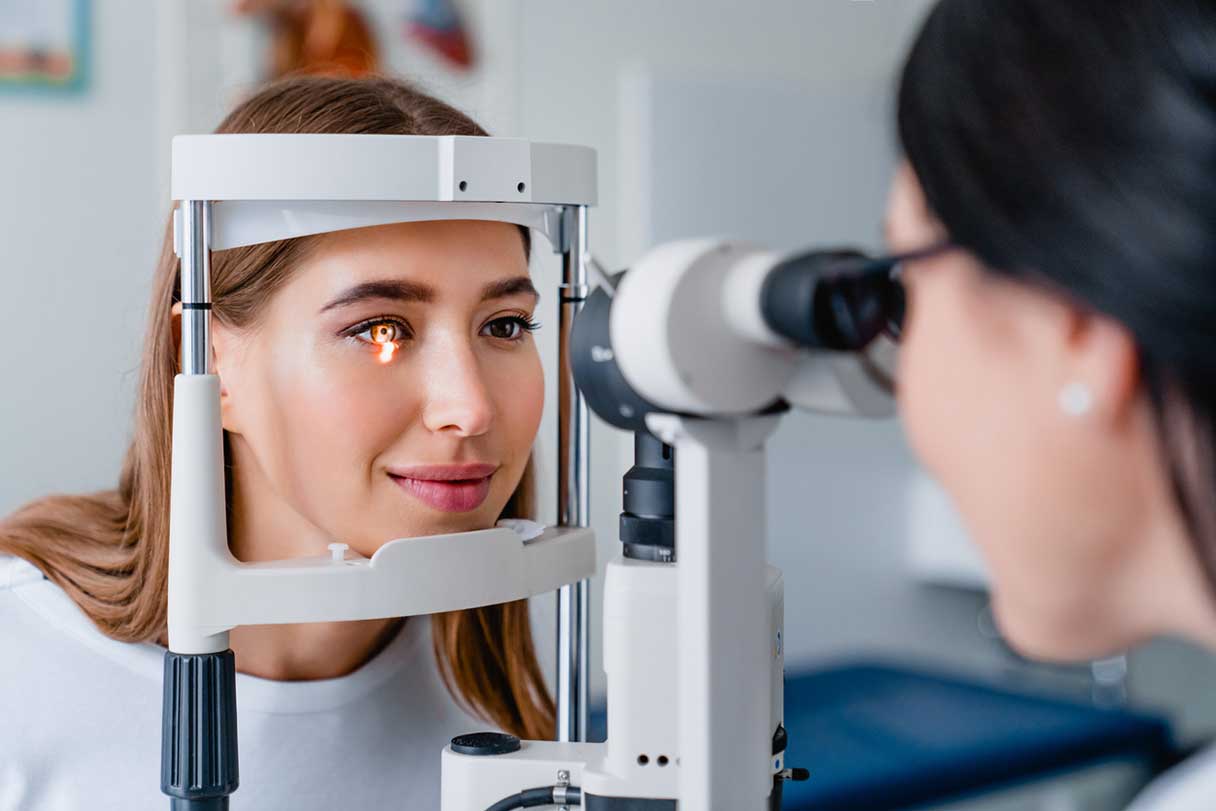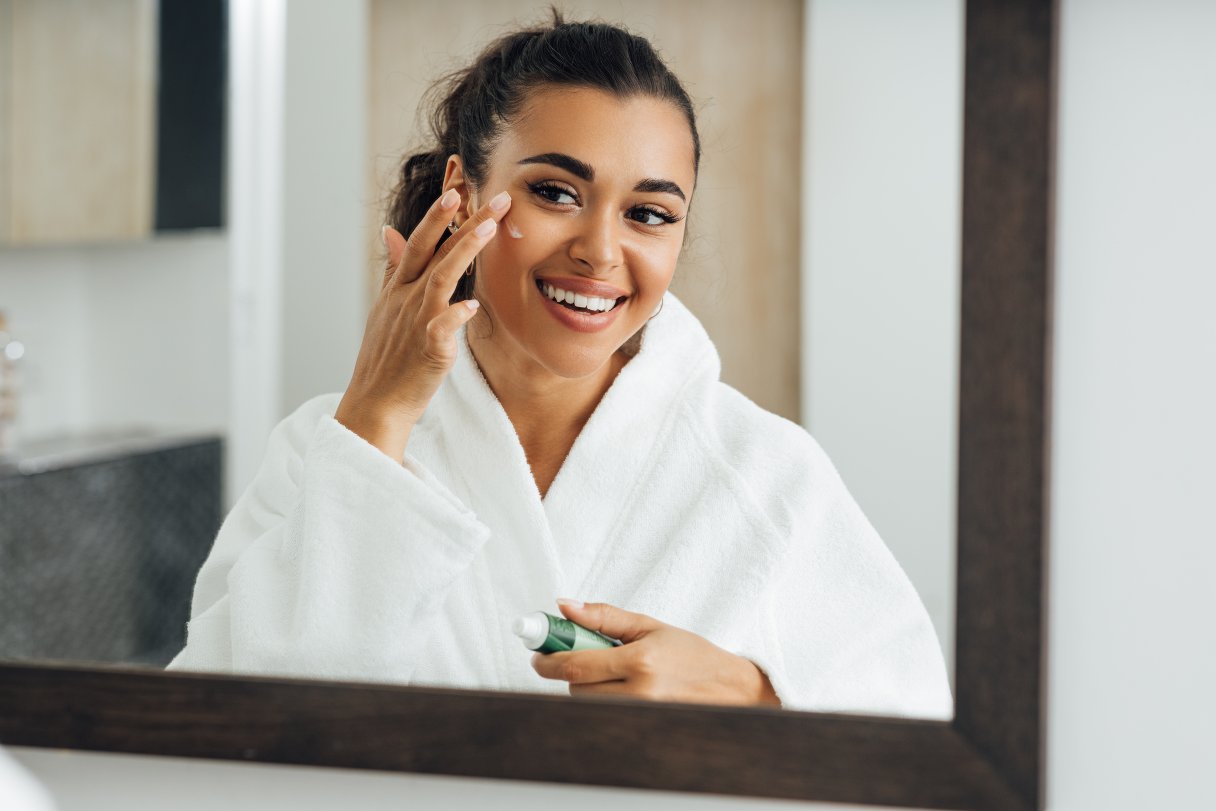Microdermabrasion and microneedling are both fast, effective cosmetic procedures for treating blemishes and fine lines, leaving your skin with a brighter, more even-toned complexion. They’re also both relatively inexpensive compared to other types of skin procedures.
While microdermabrasion and microneedling both treat many of the same skin issues, they use very different methods.1 Here’s what you need to know about microdermabrasion vs. microneedling so you can make the best decision for your skincare needs.
What is Microdermabrasion?
Microdermabrasion is an exfoliating procedure that gently removes the top layer of skin and damaged skin cells, and then polishes the skin.2 The exfoliation also helps stimulate the production of superficial collagen, which results in a softer, healthier-looking complexion around the face, neck, chest and hands. Microdermabrasion is a non-invasive, painless procedure that can be done in less than an hour in a dermatologist’s office.
Benefits of Microdermabrasion
Microdermabrasion is ideal for treating acne scars, brightening a dull, dry complexion and reversing signs of aging by reducing the appearance of fine lines and age spots. There is also little to no downtime after a microdermabrasion treatment.1
Microdermabrasion Results
Most patients notice results immediately after a microdermabrasion treatment, and the results last about four weeks. More than one microdermabrasion treatment may be needed to achieve desired results. Treated skin may feel dry and tight for 24 hours following a microdermabrasion session.2
What is Microneedling?
Microneedling uses a collection of needles to poke very tiny holes into your skin. The cosmetic procedure encourages new collagen growth, which helps plump fine lines and wrinkles, improving the appearance of aging skin.1 While microneedling is mostly done on the face and neck, it can be done anywhere on the body. Microneedling is more invasive than microdermabrasion.1 A topical numbing cream may be used to alleviate pain during the 15-minute procedure.3
Benefits of Microneedling?
Microneedling is ideal for those who don’t mind going deeper into the skin to reverse the signs of aging. While improving skin thickness and elasticity, microneedling treats skin problems like wrinkles, large pores and uneven skin texture, and can even help fade stretch marks and scars.3
Microneedling Results
Microneedling recovery takes a few days. Skin may appear sunburned during recovery, and it’s best to avoid sun exposure following a microneedling treatment. Microneedling results may not be visible for several weeks since new collagen growth takes about three to six months. With proper skin care, results can last up to a year before maintenance treatments may be needed.1
Microneedling Cost vs. Microdermabrasion Cost
The average cost of microdermabrasion is about $131 per treatment, and the average cost of microneedling is about $100 – $200 per treatment.4 Keep in mind that for both microdermabrasion and microneedling, multiple sessions and maintenance treatments may be recommended to achieve your desired younger-looking skin.
Are Microdermabrasion and Microneedling Safe?
Both microdermabrasion and microneedling are safe procedures. But they’re not recommended for people with skin infections, diabetes, eczema or blood vessel problems, or for women who are pregnant.1 A dermatologist can examine the health of your skin, answer your questions, discuss your goals and help you determine whether microneedling or microdermabrasion is best for you.
The CareCredit credit card is an easy way to pay for microdermabrasion, microneedling and skincare treatments and healthcare needs.* Search the Acceptance Locator or download the CareCredit Mobile App to find a nearby provider who accepts the CareCredit credit card.








